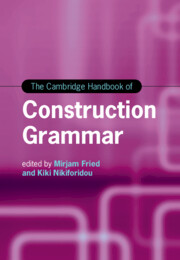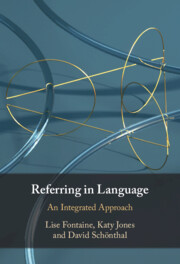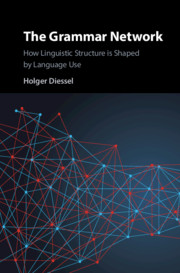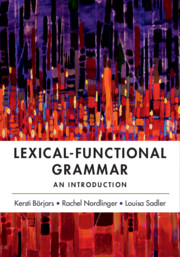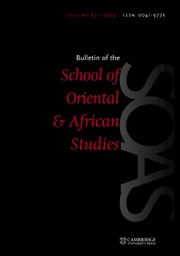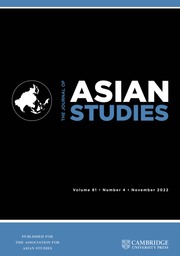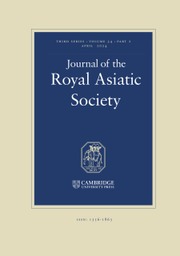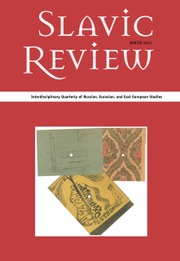Non-Finiteness
'Non-finiteness' is a phenomenon that occurs in most natural languages, whereby a verb is not inflected by grammatical tense, and does not possess the grammatical features of aspect, mood or voice. Various theories have been developed to explain their distribution and their role in clause structure, but many instances of non-finiteness remain unaccounted for. Taking a functional approach, this study proposes a 'process relation framework' to explain the more complex, previously unaccounted for, instances of non-finiteness in clause structure. It applies the framework comparatively to non-finiteness in English and Chinese, showing how it can be applied across typologically distinct languages. Drawing on corpus-based instances and observations, it introduces numerous thought-provoking cases, in which constructional (or combining) types and the predictability of non-finiteness co-occur. In terms of application, non-finiteness is decisive in categorising language types, and it is critical in processing natural languages, text segmentation and annotation in particular.
- Presents parameters for identifying non-finiteness in English (inflectional) and Chinese (non-inflectional)
- Provides the prediction of occurrences of non-finiteness in eight general types of constructions from the perspective of process relations
- Includes corpus-based instances and comparisons to highlight the principles and the predictability of non-finiteness in both clause construction and clause combining
Product details
March 2025Paperback
9781009073691
250 pages
229 × 152 mm
Not yet published - available from March 2025
Table of Contents
- 1. Introduction
- 2. Non-finiteness in the literature
- 3. Theoretical foundation
- 4. Basic process relations as one solution to the controversy
- 5. Non-finiteness as the bridge for process compression
- 6. Revisiting the controversial English constructions with non-finiteness
- 7. Revisiting the controversial Chinese constructions with non-finiteness
- 8. Conclusion
- References
- Index.


